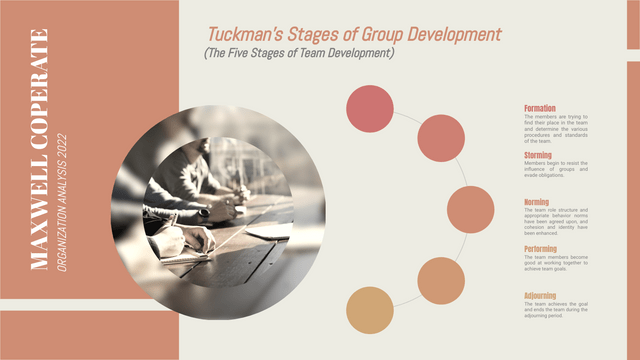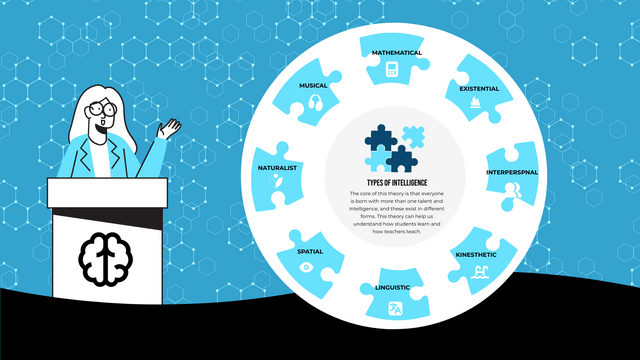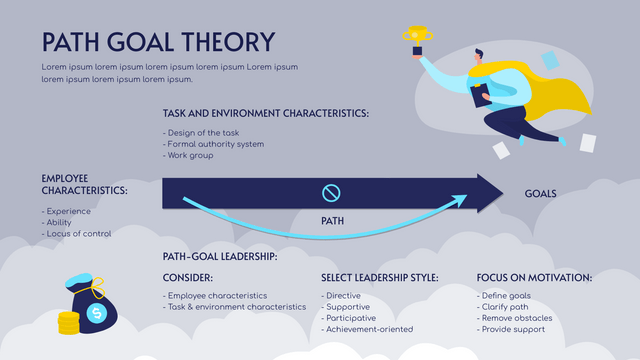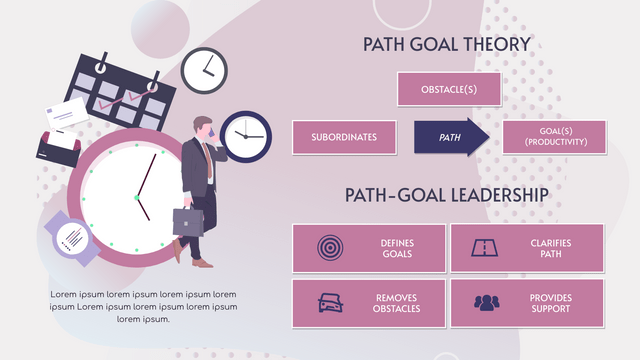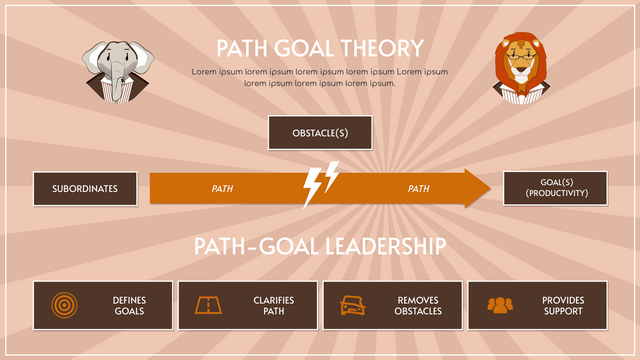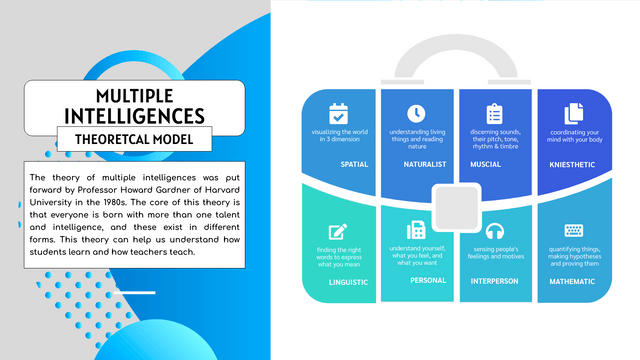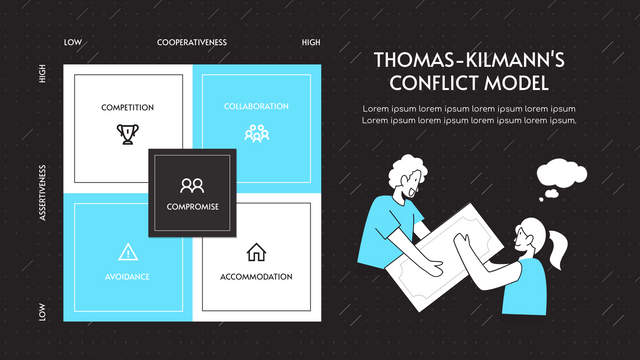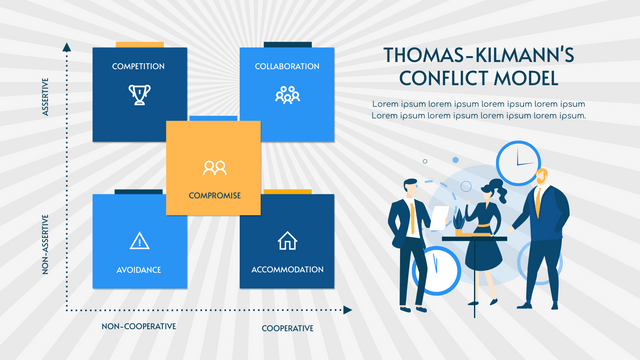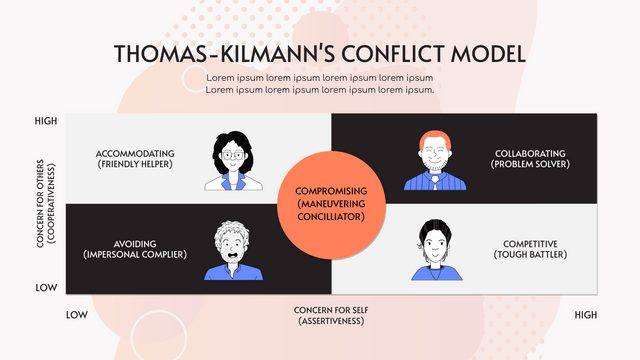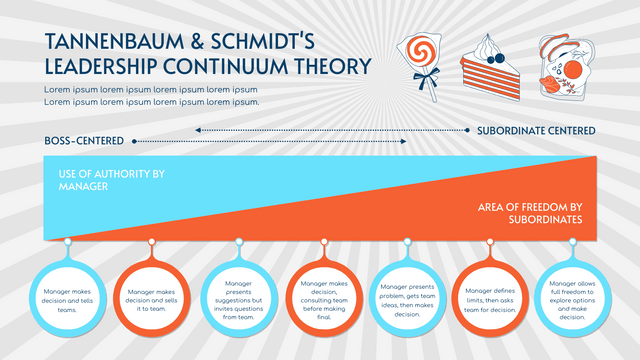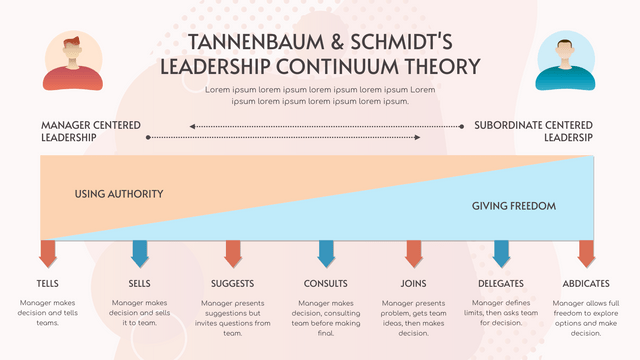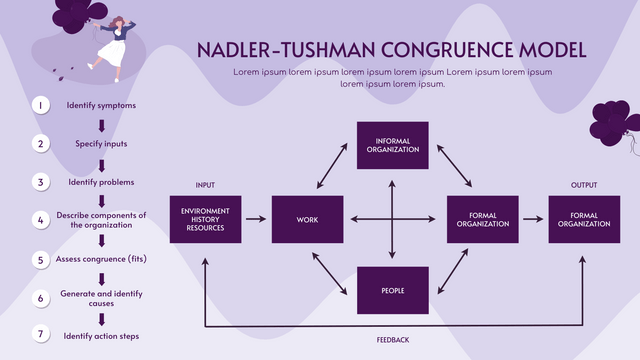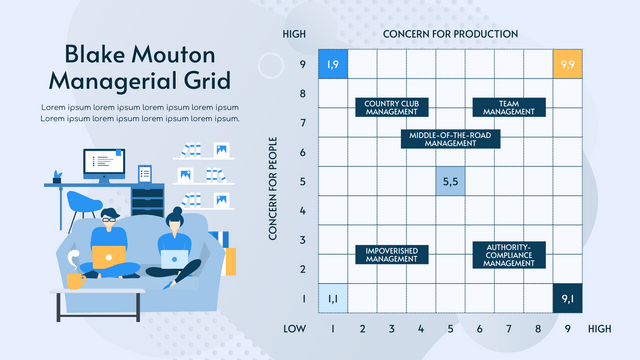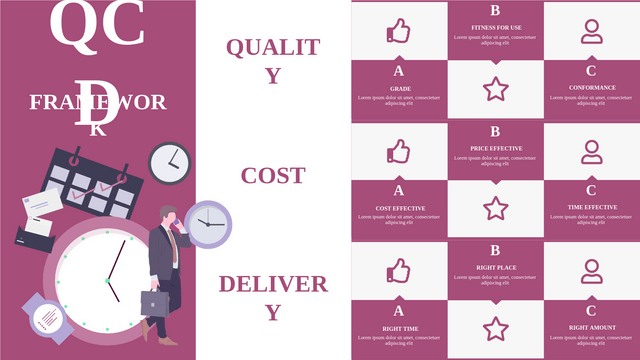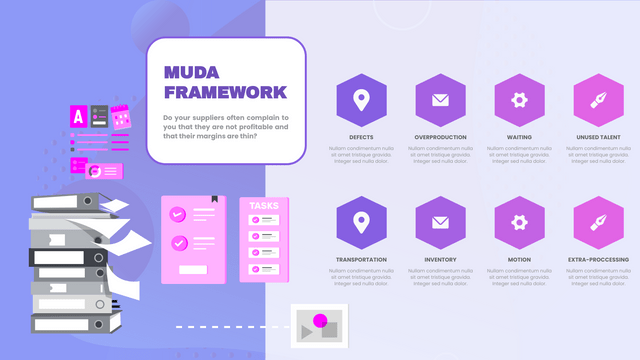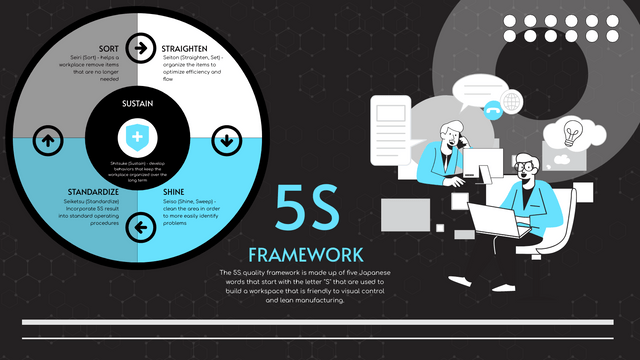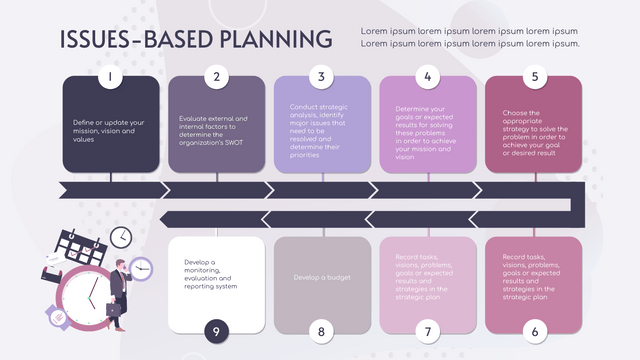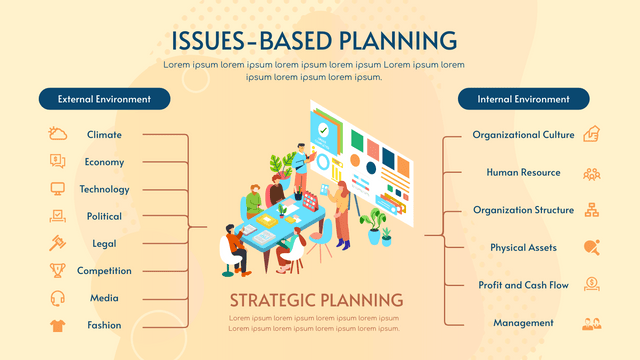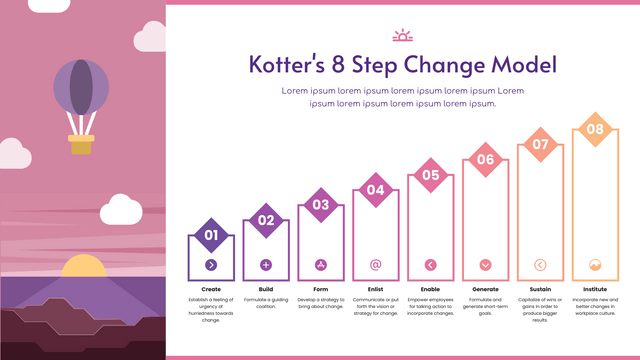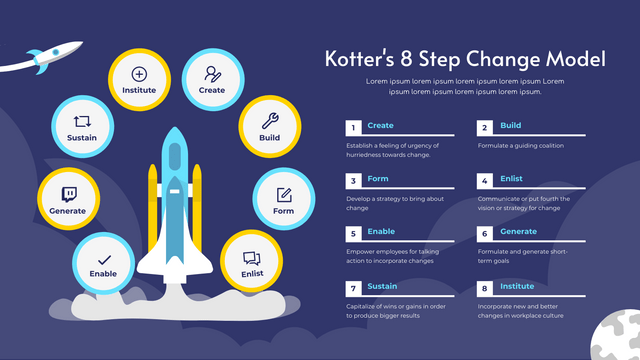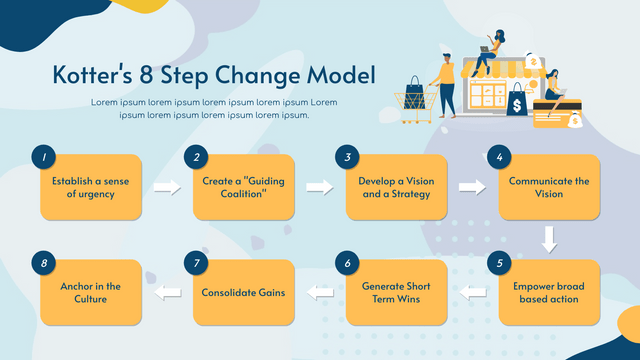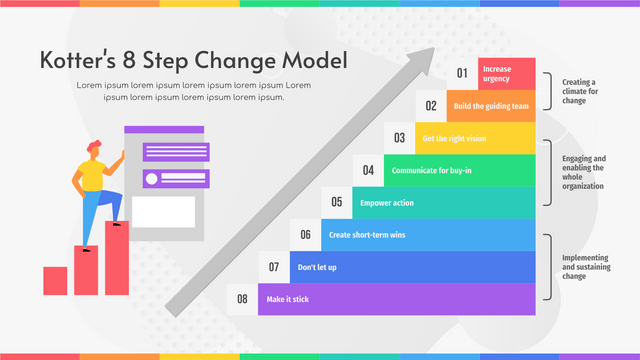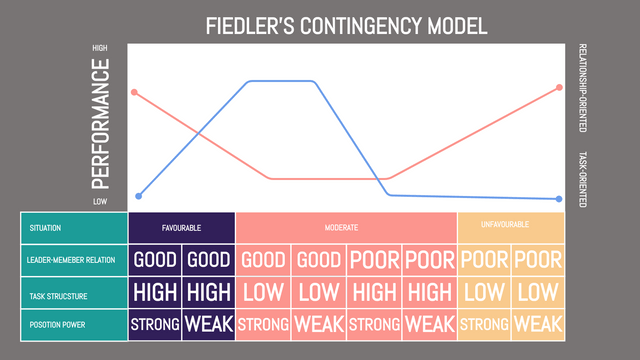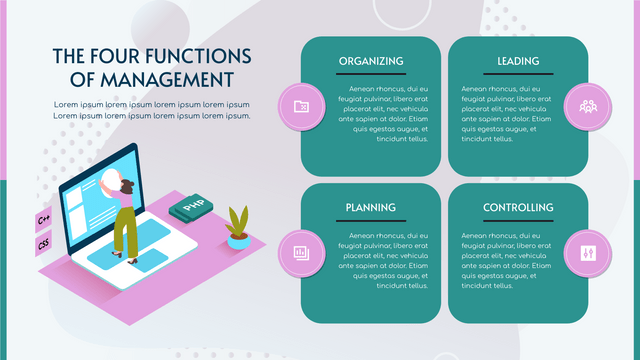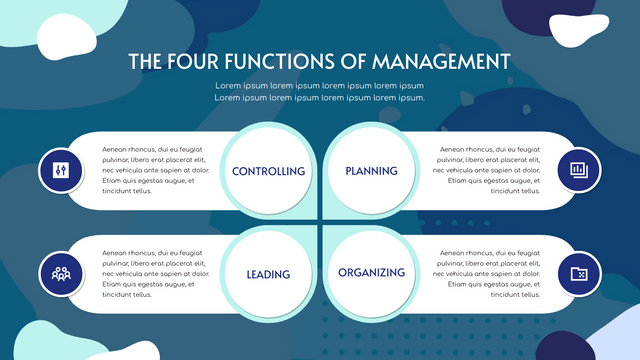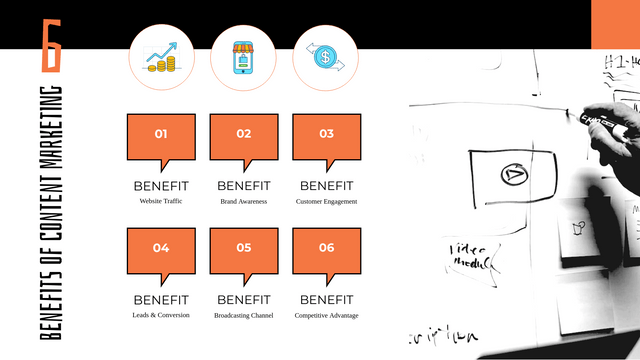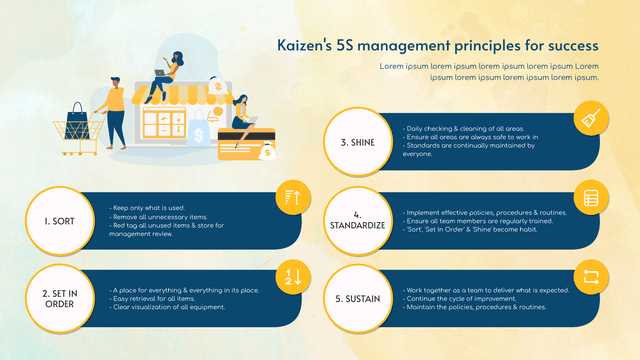What is SDCA Cycle?
SDCA (Standardize-Do-Check-Act) and PDCA (Plan-Do-Check-Act) are two classic cycle management methods in the management field. SDCA means "maintenance" and its purpose is to standardize and stabilize existing processes: PDCA stands for "improvement" and its purpose is to improve the standard of the process. These are the two responsibilities of management. Managers who master these two cycle management methods and ways of thinking and make full use of them in their work practices will gradually stand out from the others.
SDCA and PDCA Combination
PDCA is one of the common methods for problem solving, continuous improvement and project management. We all know that PDCA stands for Plan, Action, Check, and Action. SDCA, on the other hand, stands for Standardize, Do, Check and Act.
PDCA and SDCA are the two wheels for companies to improve their management standards. PDCA is the driving force to continuously improve the level of corporate management, and PDCA is the braking force to prevent the decline of corporate management. Without standardization, the company cannot maintain a high level of management. PDCA and SDCA are the most fundamental ways to improve work. It has a wide range of applications and is easy to use.
The two cycles are typically implemented alternately to maintain and improve processes in the organization. Firstly, the problem is improved by PDCA cycle, and then the improved results are standardized by SDCA method, so that the problem will not rebound. After stabilizing at a certain level for a period of time, the PDCA cycle was used again for improvement, and then the SDCA was continued for curing. During this cycle, the company's performance level will steadily improve.
SDCA Template
Here is a SDCA template created with Visual Paradigm's online strategic analysis tool. You can customize this template by modifying the text, color and font, and use it in your presentations and reports.


